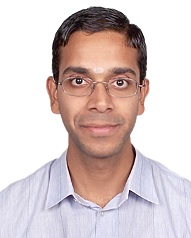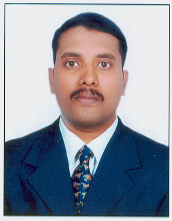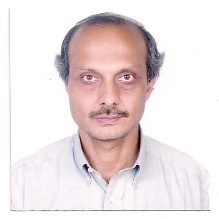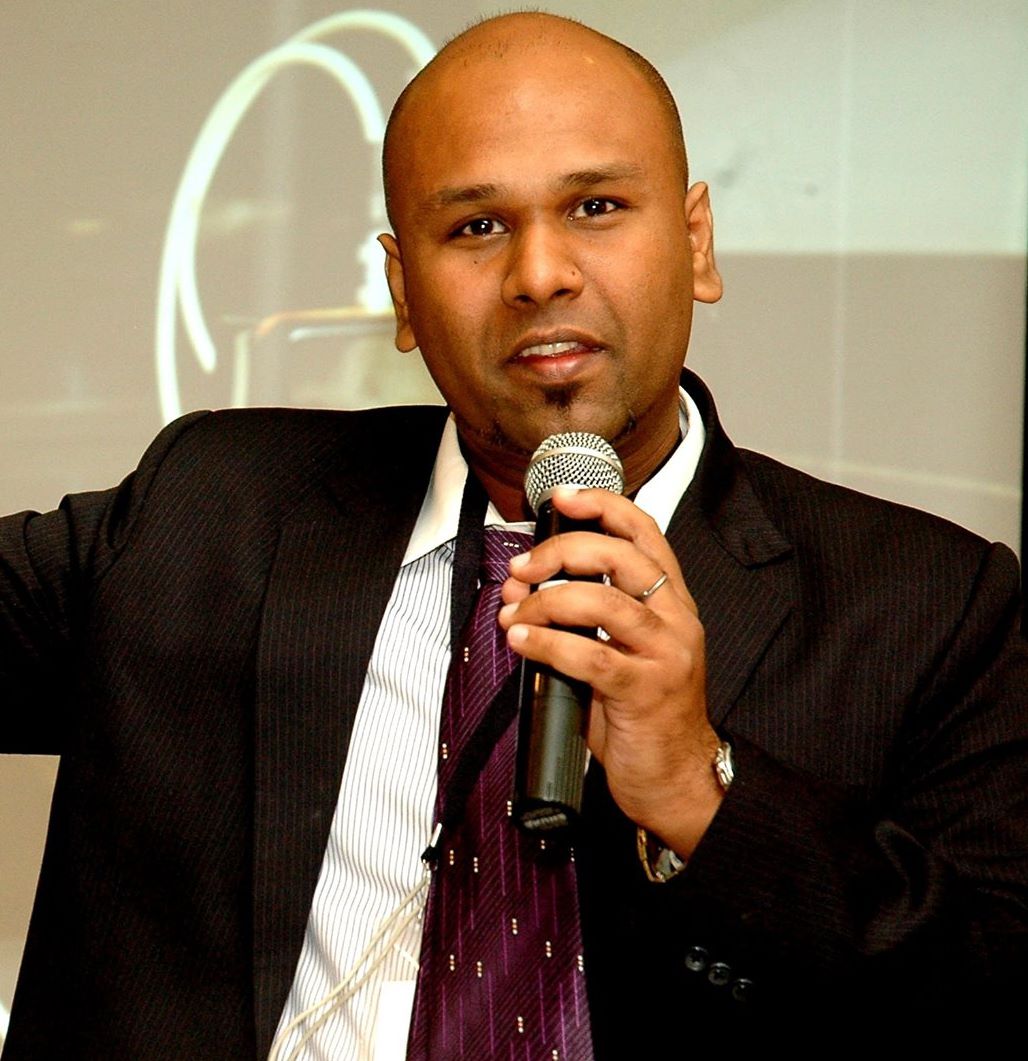Tutorials/Demos
|
| ||
|
|
|
|

|
Bio: Dr. Kumar Rajamani is Architect at Robert Bosch Engineering and Business Solutions. Prior to joining Bosch he spent three years at GE Global Research (GRC), with the Medical Image Analysis lab. He was primarily involved in quantitative imaging of cancer. Earlier to GE, Kumar was Senior Scientist at Philips Research and Head of IT-Department at Amrita University. His research focus includes Medical Image Analysis, Health care technologies for emerging markets. He has seven patents filings. Kumar completed his Ph.D. in Biomedical Engineering from University of Bern, Switzerland.
|
|
|
| ||
|
TCS Networks Lab, Bangalore, Karnataka, India |
Intended AudienceSince SDDC is becoming a reality for both the telecom networks and enterprise networks, clear and thorough understanding of the associated technologies and methodologies will be of great benefit to students, young researchers, academicians and industry participants. Moreover, with advancements of the technologies and hyper growth observed, there is a lot of scope for conducting research at academics and industry levels. Therefore, we feel that this tutorial will be very relevant with respect to the scope of the conference. Scope of the TutorialThe scope of the tutorial is to generate awareness about the new concept called Software Defined Data Center (SDDC) and to provide a sneak-peek into the deployment and operations using Open Source Software Solutions. Further provide demonstrations on how such a setup works.
|
|

|
Bio: Hemant Kumar Rath - Hemant, Senior Member IEEE and IARCS, holds MTech (2004) and PhD (2009) from IIT Bombay, India (Communication Engineering) and BE in EL&TCE (1997) from VSSUT Burla, Sambalpur, Odisha. He has more than 17 years of experience in academics, research and industry. At present, Hemant is a Senior Scientist at TCS Networks Lab, Bangalore, where he is working since Dec 2010. Prior to this, he was working as an Associate Professor at KIIT Bhubaneswar (2009-10), an Associate Manager (2000-02) in UACT-IIT Madras and Scientist (1998-2000) at CEERI Center, New Delhi. His current research interests include: QoS in Networks, LTE/WiMAX Scheduling, Self-Optimization, Propagation Model Design, Speech Processing, M2M Communication, Cloud Computing, Modeling of Social Network Traffic, Information Centric Networks, Software Defined Networks, etc. He has published many research papers and presented many talks in national and international conferences/seminars such as IEEE Globecom, ICC, COMSWARE, COMSNETS, NCC, PIMRC, INDICON, ACM ICDCN, ITU-T, BWCI-COAI Workshop etc., and has filled several patents through TCS. Hemant has also served as Industry Panel Speaker at ICC 2012, IEEE COMSNETS 2013, ACM Sumo-CPS, etc. He has also served as PhD examiner at IITs, NITs and other Indian Universities and has served as TPC members of international conferences such as ACM SUMO-CPS 2013, NCC 2013-15, COMSNETS 2013 etc. He is also participating in national and international standardization activities (IoT - GISFI, IoT - ITU-T, TSDSI) in the areas of networking and communications. Hemant was a tutorial speaker in IEEE ANTS 2014. |
|

|
Bio: Shameemraj M Nadaf- Shameem, member IEEE holds BTech from Visveshwaraya Technological University (VTU) Belgaum in Electronics and Communication Engineering. He has been working with TCS Research since September 2008. He has worked in projects comprising of Java OSGi based development, Interoperability middle-ware development, 3GPP LTE Rel-8 Physical Layer development, Cloud/Distributed Computing, Bandwidth aggregation, Enterpise Network Design automation, Software Defined Networks (SDN), SDN control plane management, Network Function Virtualization (NFV) and OpenStack Cloud Provisioning. His current research interest includes: Enterprise Network Transformation and Optimization, Cloud Network Provisioning, SDN Controller provisioning, NFV services provisioning etc. He has published and presented many research papers in national and international conferences/seminars such as IEEE ICCAIE, IEEE NCC, IEEE WoWMoM, IEEE ICACCI, IEEE INDICON, IEEE CSNT, ICNIT, IJFCC, IARIA, UBICOMM etc., and has filled 6 independent patents in different geographies through TCS. |
|

|
Bio: Anantha Simha - Anantha, Member IEEE, is a Post Graduate in Electrical Engineering from IIT Madras, India and BE in Digital Electronics from University of Bangalore, India. He has 30+ years of experience in industry in the areas of microprocessor based hardware design, embedded protocol software, enterprise network design, network optimization, performance analysis, data center network design, Software Defined Networks (SDN), Network Virtualization etc. For the last 20+ years he has been working with TCS. Currently he is heading the Networks Lab, Bangalore under CTO organization of TCS. His current research interests includes: QoS in Networks, Scheduling, Self-Optimization, Large Scale Network Design, Offloading in LET Networks, Cloud Computing, Software Defined Networks, ICN Architecture Design, Next Generation Networks, Network Virtualization etc. He has published many research papers in national and international conferences/seminars such as IEEE ICC, Globecom, NCC, ANTS, COMSNETS, PIMRC, CSNT, PIMRC, INDICON etc., and has filed several patents through TCS in the areas of communication networks. Anantha has presented in various technical events, and is actively involved in standardization activities through TSDSI and GSFI. Anantha was an invited talk speaker and a tutorial speaker in IEEE ANTS 2014. |
|
|
| ||
|
|
|
|

|
Bio: Prasad Pillai is the prime-mover and chief strategist at eLsys. His passion is to build technology solutions for everyday problems of the masses. Prasad has spent over a decade living & working in the USA and during one of his visits to India; he was involved in a road mishap that could have seriously injured several people. That experience inspired him to work towards building a Smart Road Safety Platform that can effectively manage road emergencies and possibly avert accidents too. He heads the engineering efforts at Raksha SafeDrive.
|
|
|
| ||
|
|
|
|

|
Bio: Abhinav is a first generation Medical Device Entrepreneur who has been rated among the top 100 Global Innovators for consecutive years of 2013 and 2014 by the Editors of Technology Review, Massachusetts Institute of Technology, Cambridge, US under the TR35 Global Innovation award. Credited with the development of India's first Diagnostic Quality ECG on 'all' affordable Mobile Phones, he has been a sought out speaker at several prestigious platforms inc FICCI and TEDx. He has been awarded by MSME for the development of a highly affordable mechanical nebulizer which works without electricity. He is also awarded by DSIR and by DBT Govt of India to develop diagnostic quality medical devices. With several research papers and patents under his belt, Abhinav is also the CEO of Cardea Labs which produces highly trained Biomedical Engineers through hands-on training provided by experts who secure seats in Tier I Universities in US, UK and Germany for their higher education.
|
|